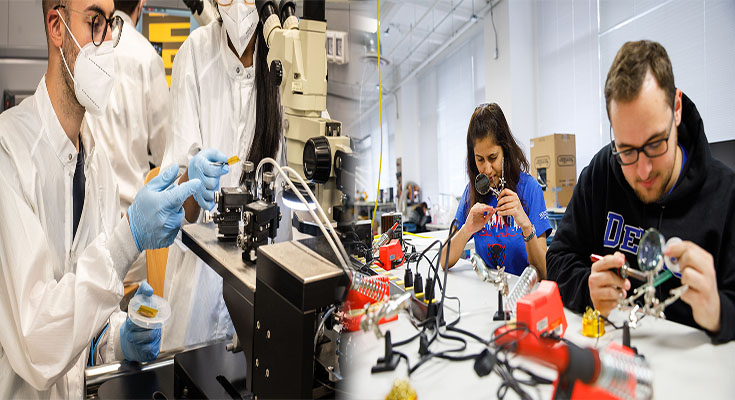The field of cyberphysical systems engineering focuses on the design of embedded computer systems. Applications range from intelligent manufacturing to autonomous vehicle control and smart power grids. This field of research is rapidly advancing to meet the challenges of the 21st century. Here are some of the key areas of research within the field.
Principle-based engineering
Principle-based cyber physical systems engineering is the process of designing systems that interact with the physical world. This field of engineering is rapidly expanding, with applications everywhere from smart buildings and medical devices to automobiles. It comprises many sub-disciplines including modeling, analysis, and real-time systems.
Among these sub-disciplines, mechanical engineering, software engineering, and embedded systems all have a great deal of differences in their design practices. This means that there is no common language in designing CPS, which makes rapid innovation essential. Because of these differences, engineers from different disciplines must work together to explore system designs, distribute responsibility across different teams, and analyze trade-offs.
Simulation-based design
Simulation-based design of cyber-physical systems is an important method for engineers who are developing these systems. This technique integrates domain- specific abstractions and analysis methods from disparate fields, including physical systems engineering and computer networks. The resulting model allows engineers to quickly and easily test and refine designs before making them real.
This method involves developing detailed models of the physical system to be simulated. These models must have a high level of fidelity and computational performance. In addition, they should be real-time, as these simulations often include human interaction, organizational models, and operational workflows.
Multidisciplinary design
Multidisciplinary design is critical to the development of cyber-physical systems. These systems can be complex and contain a variety of capabilities, including learning, control, and prediction. This course introduces students to the design and analysis of systems using mathematical models. The choice of model depends largely on the intended use of the system and its underlying physical domain.
Students will develop an understanding of different modeling paradigms and learn to apply these approaches to the development of CPS.
During the course of this graduate certificate, students will study four courses in systems engineering. They can complete the program in one to two years of part- time study. The program is divided into four modules, and courses are offered every fall and spring semester.
Resilient control systems
The Resilient Control Systems Lab at RIT houses a number of cyber-physical power systems. These systems include software and hardware. They are used to study and simulate the operation of cyber-physical power systems. The lab also features a variety of commercial solutions. Resilient control systems are an important part of a cyber-physical power system.
The focus of this research is the interdependencies of control systems in a cyber- physical environment. Critical industrial operations require control systems that can respond to diverse cyber-physical influences. Hence, this research aims to create a cyber-physical approach to implementing these systems.
Resilient power systems
In cyber physical systems engineering, resilience is the ability to maintain functionality and performance even after perturbations, such as natural disasters and man-made attacks. There are three basic components of resilience. One of them is cyber-security. The ability to ensure the availability of power is essential to the security of an electric grid.
Resilient power systems can be protected from a variety of threats, from cyber attacks to physical attacks. The security of power systems requires advanced physical and cyber security measures to minimize the impact of malicious attacks. The power grid has become increasingly dependent on information and communications technology (ICT).





